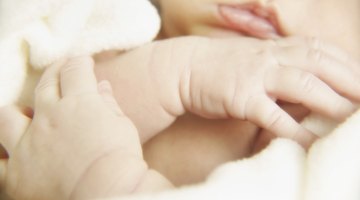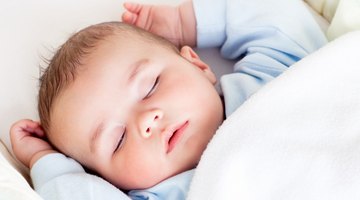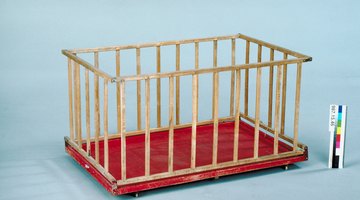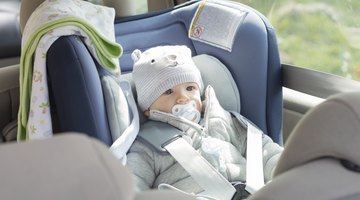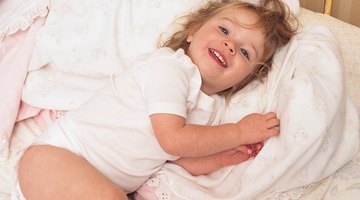When Should a Baby Be Moved From a Bassinet to a Crib?
Placing your baby in a bassinet to sleep can be cozy for her and convenient for you.
When you like to keep your baby near you at night, a bassinet offers a safe and comfortable sleeping environment. Eventually, your baby will reach the point where it's time to move her from the bassinet to a crib for sleeping.
Function
A crib can be daunting to a newborn baby, due to its size.
Since your baby was wrapped tightly in your belly for nine months, she will likely want the security of an enveloping bassinet, as opposed to the larger space that a crib provides. Plus, a bassinet is portable. If your baby is napping, you can push her around to other areas of the house you need to be, such as in the living room or kitchen.
Features
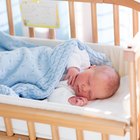
Cradle Vs. Bassinet
Learn More
Many bassinets have wheels, while others may rock side to side.
Some even have both, so that you can tuck the wheels into the bassinet and convert it into a rocker.
Bassinets also come in a variety of heights, some of which are adjustable. The AAP recommends that your bassinet have a wide base to avoid the risk of it tipping over.
Weight
The average bassinet is designed for babies up to 18 lbs. or for those who start to sit up on their own. However, you may want to move your baby to a crib if she is particularly tall. You may also want to make the transition when she starts to become more active or roll over. Even though bassinets are deemed by manufacturers as safe for 18-lb. babies, moving your baby out of the bassinet by about 2 months of age may be the safest practice, advises physician Eileen Tyrala, medical director with Cribs for Kids.
Location
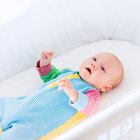
Are Moses Baskets Safe for Babies?
Learn More
Unlike bassinets, cribs are not mobile. Your pediatrician may recommend that your baby sleeps in her own room by the time she is 6 months old.
However, your baby may not adapt to sleeping alone in her crib so soon, depending on her needs.
In such a case, you may want to temporarily place the crib your bedroom. Be wary, however, that your baby may become too accustomed to such an arrangement and have an even more difficult transition to her own room in the future.
Precautions
Blankets, comforters and stuffed animals placed in cribs may seem like a comforting mechanism to your baby who is used to sleeping in the tighter quarters of a bassinet.
However, such items can be smothering hazards, especially for babies who are just starting to turn. The AAP advises parents not to use bumpers, as there is a risk of them falling on your baby and posing the risk of sudden infant death syndrome.


